With Brexit disruption and the pandemic contributing to a volatile market, what’s the outlook for key food commodities this year?
The so-called “teething problems” faced by the food sector due to post-Brexit border disruption have caused myriad headaches since the end of 2020.
And with a number of temporary easements designed to smooth the flow of goods due to expire over the coming weeks, the millions of pounds already lost by food businesses looks set to escalate further.
But the impact of Brexit on trade isn’t the only thing that could cause headaches for suppliers and their retail partners. We’re also in a particularly volatile period for global food commodity prices, which could add further pressure to already tight margins and ultimately push up retail prices.
The UN’s Food and Agriculture Organization reported global food prices hit a six-year high last December, and they have continued climbing ever since, with January’s FAO Food Price Index up a further 4.3% on the previous month, marking an eighth consecutive month of commodity price inflation.
Pandemic-linked stockpiling and protectionist export bans of key commodities, alongside strong demand from China, currency fluctuation and adverse weather, were all key inflationary drivers, FAO analyst Abdolreza Abbassian told Bloomberg recently. And those drivers were likely to keep prices high in 2021, he added.
So what’s the outlook for key commodities in 2021?
The pandemic
While businesses are still coming to terms with the challenges of trading with the EU, wider shipping costs have also been mounting since the start of the pandemic due to delays at ports and ongoing shortages of reefer containers, says Mintec senior market analyst Ramnikh Kular.
The Grocer first reported on those shortages last March, with shipping firm Seatrade warning one in seven of the world’s containers were displaced and piling up outside locked-down Chinese ports.
The effects of that disruption are still contributing to soaring international trade costs, suggests Kular, and feeding into wider food commodity price rises. Mintec data shows typical shipping costs between China and the US rose by 254% between 5 February 2020 and 3 February 2021 to €6,602 per 40ft container. Kular adds that with restricted container supplies and terminals “unable to cope efficiently with shipping demand”, prices look set to continue climbing.
In addition to these costs, wider, often cyclical drivers have been adding upward pressure to prices, says Rabobank senior commodities analyst Carlos Mera.
“Prices for commodities including wheat, corn, soyabeans and vegetable oils have all been rallying sharply since mid-2020, and that will continue into 2021,” he suggests.
One major driver of the rise is the influence of weather system La Niña – the colder counterpart of El Niño – on grain and oilseed production in particular. La Niña-driven dryness seen in Brazil over the past six months has been “particularly worrying”, adds Mera.
“We’ve also seen the same sort of weather affecting Argentina’s wheat, soyabean and corn crops.”
Rabobank’s 2021 Commodities Outlook adds that La Niña has also affected production in the US and Russia due to the effects a lack of snow cover could have on planted crops.
These weather constraints, coupled with stock market speculation – with funds moving out of low-performing government bonds and into asset classes such as agri commodities – are all piling inflationary pressure on prices, according to Mera. Indeed, speculators bought record amounts of agri commodity futures in 2020.
But an even bigger driver of volatility and inflation is found in the wave of pandemic-induced political uncertainty, he adds. And it’s set to be a major contributor to global food price inflation this year.
“China in particular has been very keen on importing over the past few years, with big recent rises in corn, soy and wheat imports, and we’ve also seen a lot of countries looking to guarantee good supplies of commodities such as wheat, to keep domestic prices low.”
Mera also cites the December cancellation of a 45% wheat import tax by Turkey as a standout example at a time of political “discontent” when food inflation is “very sensitive”.
“There’s a similar situation in mid and east African countries, while the largest wheat exporter, Russia, has been really aggressive in keeping domestic food inflation low.
“It first introduced an export quota, then put an export tax on wheat and then increased it. Argentina has done something similar by banning corn exports until the new crop to keep domestic prices low – something that has been particularly important for beef production and the feed used by the sector,” Mera says. Ukraine has also recently added an export cap to corn crops for the same reason.
Countries holding on to stocks will ultimately push the price of these key commodities up, he suggests. As a result, Rabobank is forecasting a near 11% year-on-year increase in both corn and wheat prices [Chicago Board of Trade] by the end of the first quarter of 2021.
Those high prices have been compounded by the UK’s lowest wheat yield in 40 years due to poor growing conditions.
“As well as reduced domestic availability supporting prices, the domestic crop has had to price at import parity to attract wheat from overseas and deter exports,” says AHDB in its 2021 commodity outlook. “The potential of more supply pressure has further elevated prices. Equally, with Ukraine being a key importer into the UK, the effect could be felt more immediately in domestic markets.”
All this points to higher feed costs for livestock producers, with the free-range egg sector among the first to sound the alarm over diminishing margins earlier this month.
Meat and dairy
Elsewhere, inflation is also no stranger to the meat and dairy categories, with beef prices expected to remain high this year on the back of tight supply from both the UK and Ireland.
GB lamb prices, which ended 2020 up 14.3%, should also remain elevated this year, suggests AHDB senior analyst for red meat Bethan Wilkins, with UK production expected to be down 4% year on year and old season lamb production forecast at 7% lower than last year.
Tight supplies are also influenced by an ongoing fall in sheep meat imports due to an increasing focus by Australia and New Zealand on the Chinese market.
Meanwhile, global dairy prices, which ended 2020 relatively strongly due to lower inventories in Europe and the US, look more uncertain after a volatile year, especially in liquid milk, says AHDB dairy analyst Katherine Jack.
“Until there has been sufficient recovery in markets to restore a good supply/demand balance, the pandemic will continue to inhibit positive price movements,” she says.
With so many variables at play, the outlook for the year ahead is an ever-moving feast. But with prices for so many commodities expected to remain elevated, inflation is one thing to be confident of.
Predictions for 2021
Vegetable oils ↑
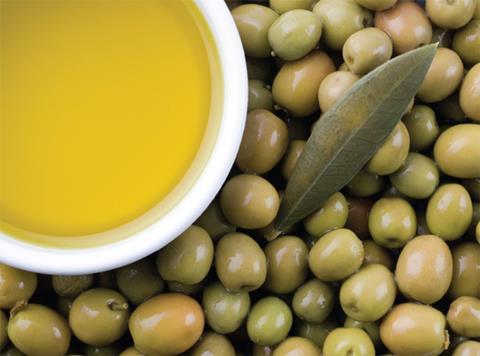
Russian sunflower oil has almost doubled in price against this time last year [Mintec], and further growth is expected in the coming months due to a 9% yield drop caused by dry weather. Italian extra virgin olive oil production is also down for similar reasons with prices up 67% yoy. Businesses are reporting near daily increases as crushers are reluctant to sell in anticipation of even higher prices.
Crude oil ↑
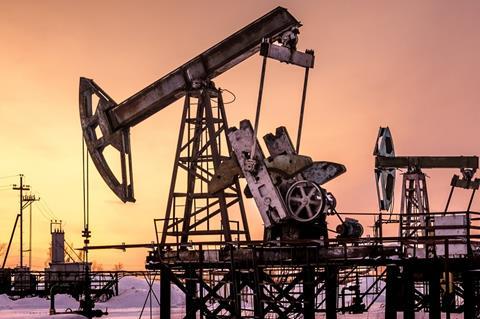
Average Brent crude oil prices fell to a low of $23/barrel last April, on the back of a pandemic-linked slump in global demand. Prices had risen to $56/barrel by 3 February, and are expected to hit the $60 mark this year, says Mintec’s Ramnikh Kular. The pace at which Covid vaccines are rolled out will be the main driver in increasing production in 2021, alongside an expected recovery in demand from China and India.
Dairy →
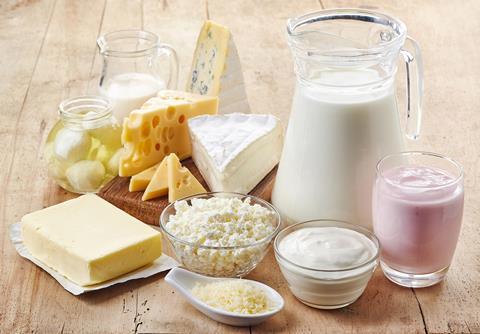
GB milk volumes are due to grow by 0.5%, says AHDB, while global demand is forecast to show moderate growth. Questions remain about pricing, due to the effect of lockdown on demand. Agri consultancy Kite expects markets to strengthen this year, with feed prices pushing up costs of production by about 1.5-2ppl. However, Rabobank is forecasting a 3% year-on-year fall in whole milk powder prices by the end of Q4.
Sugar ↑
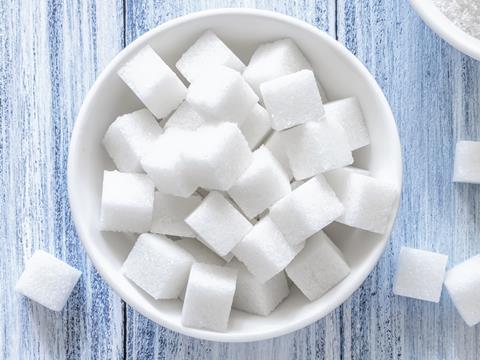
Prices on the London ICE exchange have been rising since October, when they stood at £260/tonne, says Mintec senior analyst Ibi Idoniboye. They’d risen to £322/tonne by the start of February, fuelled by speculation over tight global supply. Rising oil prices could push them higher as Brazil looks to ethanol as an alternative. But robust supplies from India and Brazil ought to dampen any big price rises this year.
Coffee ↑
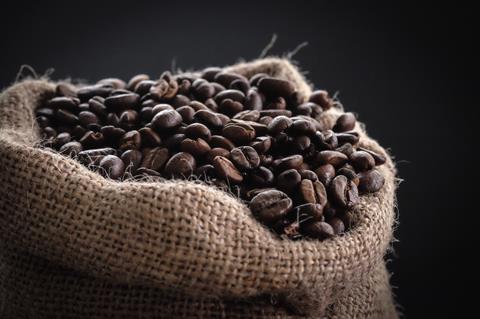
The effects of the pandemic on the out-of-home channel led to a 2.1% drop in global coffee demand last year, says Rabobank (versus its original estimate of a 2.2% rise). It is forecasting an “overwhelming” global surplus of 10.2 million bags in 2020/21, followed by a 2.2 million bag surplus in 21/22. This, along with uncertain demand due to Covid, means prices are forecast to grow only marginally.
Pork ↓

A ban on German pigmeat by China due to African swine fever and a consequent flood of the European market, plus continuing rises in production (with the UK herd expected to grow 4%) looks set to dampen already depressed prices [AHDB]. UK exports are also expected to fall 7% due to low demand and border issues. AHDB’s yoy SPP price was down 10% in January, while EU prices fell 30%.
Grains and oilseeds ↑
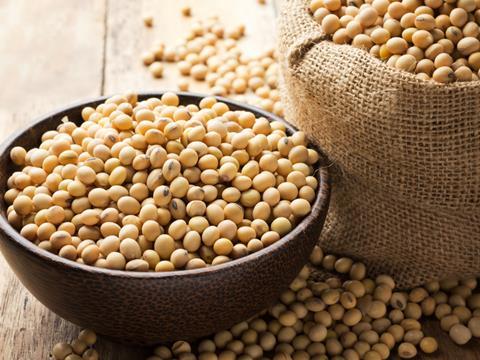
Concerns that supply may become tighter globally has supported continuing high grain and oilseed prices, says both AHDB and Rabobank, though a rebound in UK production is expected this year after a 40-year low in 2020. High prices are also influencing feed costs, with Defra figures showing yoy feed wheat prices grew 35% in December 2020, while soyabean meal rose 31% on the previous year.
Red meat ↑
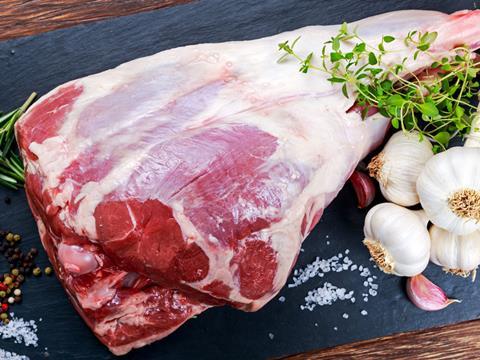
Tight beef supply on both sides of the Irish Sea is set to keep prices high, AHDB says. The GB all-prime average deadweight beef price ended 2020 some 5% higher yoy at 352.2p/kg. With less cattle in the system and imports also down, it is forecasting a 5% fall in total UK production. Lamb prices are also likely to remain elevated due to falling production in the UK and ongoing falls in NZ imports.
Palm oil ↑
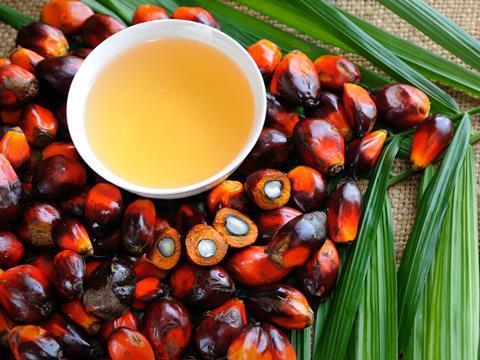
Global demand is forecast to increase by 3% in 2020/21, Rabobank says, driven by a 5% jump in Indonesian demand and a 5.2% increase in India, particularly for use in biofuels. Production is expected to rise only marginally in key growing areas Malaysia and Indonesia. Based on global supply and demand factors, Rabobank is predicting a 5.7% yoy price increase for the commodity in 2021.
Cocoa ↓
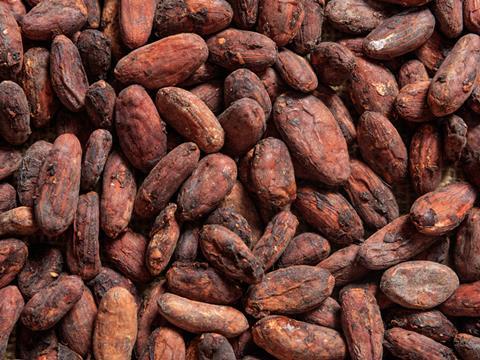
Cocoa demand is expected to continue struggling compared to 2018/19 levels due to the impact of the pandemic, says Rabobank. As a result, prices are forecast to have fallen by about 6% between Q4 2020 and Q4 2021. Production is also estimated to grow 2.5% yoy in 21/22, resulting in a surplus of 170,000 tonnes. Any recovery in demand is dependent on the success of the vaccine rollout.

He also assists in production of The Grocer’s annual Dairymen supplement, while also writing about food commodities, sourcing, sustainability, politics and regulation; and has appeared as a commentator on both radio and TV on the state of the UK food industry.
Prior to joining The Grocer in 2014, Kevin wrote about retail financial services for a Financial Times business publication, and began his career as a journalist working for regional newspapers in Wales.
Follow Kevin on Twitter: @KevWhite77View full Profile












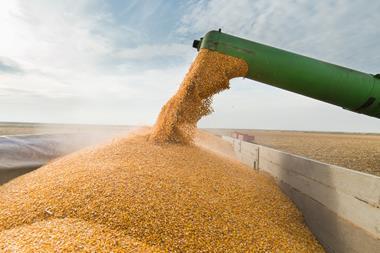

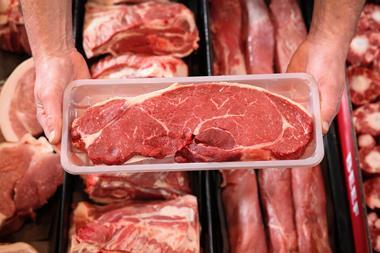
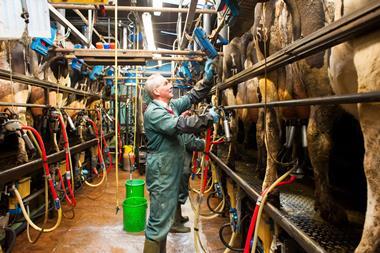
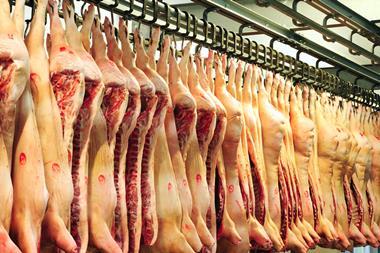
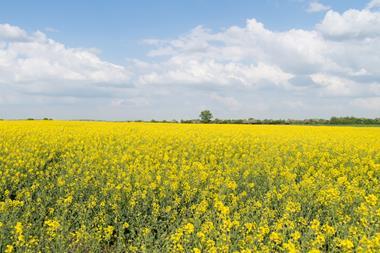






No comments yet